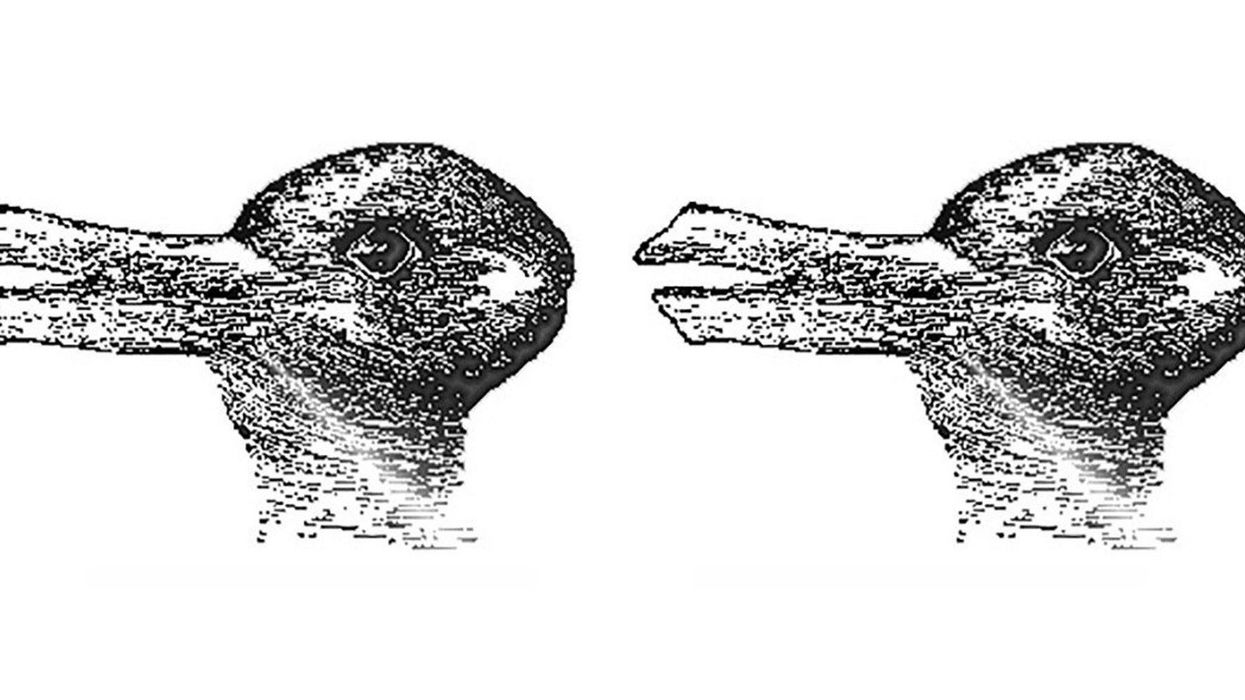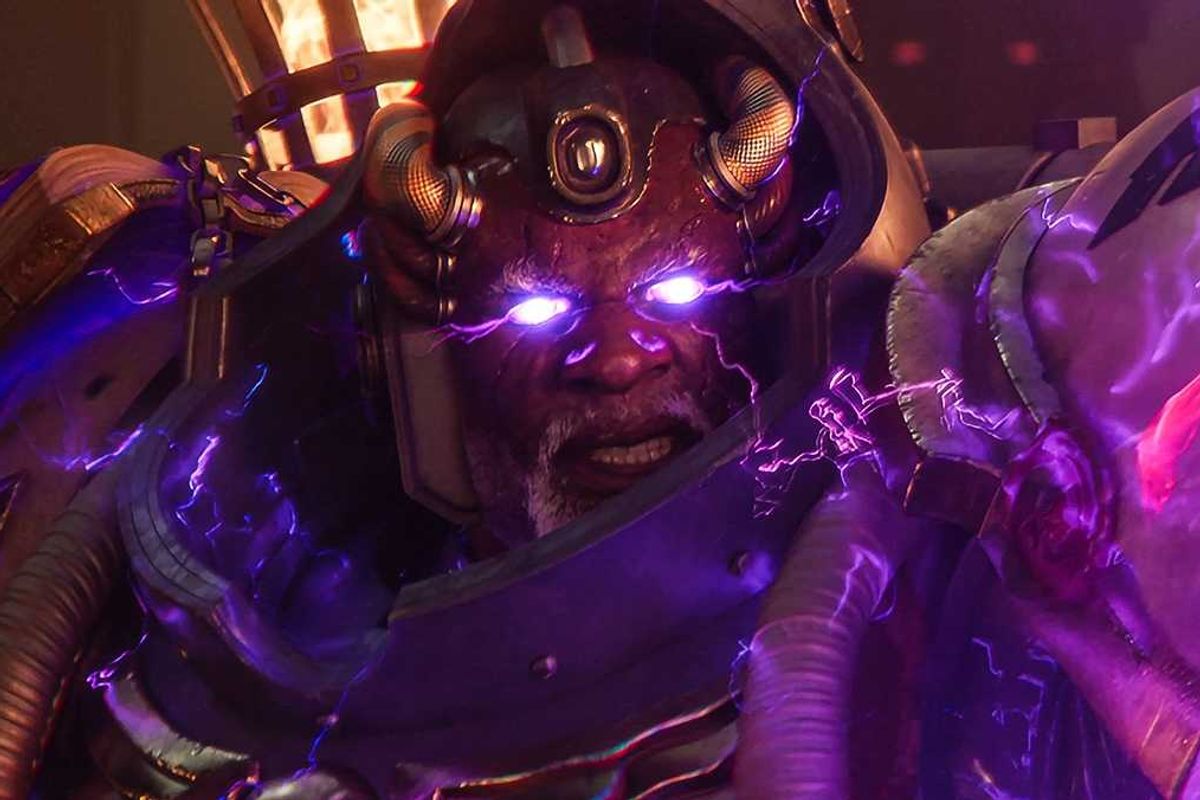Viral
Narjas Zatat
Mar 08, 2018

A new study has found half of people don’t initially see both a rabbit and a duck in the classic optical illusion below.
It is only after a researcher asked them to imagine a duck eating a rabbit, that they are able to focus and see both images.
Kyle Mathewson, a neuroscientist and author of the study wrote:
Your brain sort of zooms out and can see the big picture when the images are put into context with one another.
The results suggest that our brains have difficulty interpreting information without context, and if you struggle to see both animals, you may be more likely to believe what you see without a consideration for context.
This study also demonstrates that we can control the brain’s way of interpreting information with just a few words or with an image.
What we discovered is that you have to come up with a way to disambiguate the scene, to allow the brain to distinguish between two alternatives.
The study tried to see if another, simpler phrase helps people see both animals – “imagine a duck beside a rabbit” – but it didn’t have the same effect. This is because it does not explain which image is the duck, and which one is the rabbit.
Mathewson explains the implications this study could have in the way people consume news – and ‘fake’ news.
He said:
This study also demonstrates that we can control the brain's way of interpreting information with just a few words or with an image.
We should all be mindful of this when we're reading a news story,' he said. 'We're often interpreting and understanding information the way we want to see it.
Philosopher Ludwig Wittgenstein used the image in his theory about ambiguous figures – the idea that an image can be seen, and therefore understood in two different ways.
A recent test for gauging one's level of creativity was devised using the image. Participants were first given everyday objects and told to list as many uses for them (both conventional and unconventional) as they could in two minutes. The same people were then shown the rabbit/duck image and asked which they could see, and if they could see both, and how long it took them to flip between the two photos.
The researchers found that those who could flip between the two image quickest were also the ones who found, on average three more uses for the everyday objects than those who found it difficult to move between the two. Results suggest that the quicker you can move between the rabbit and the duck, the more creative you are.
H/T Medical Express
More: Optical illusions that aren't about the colours of a dress
Top 100
The Conversation (0)














